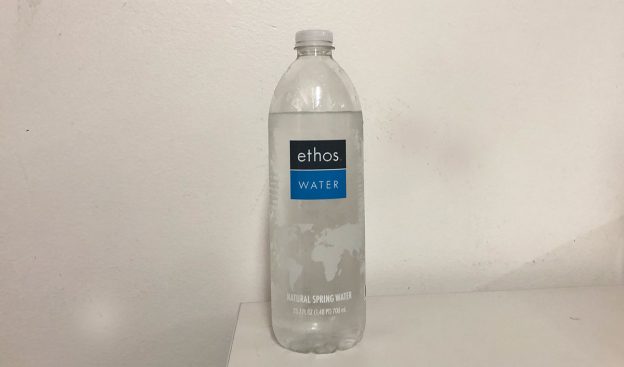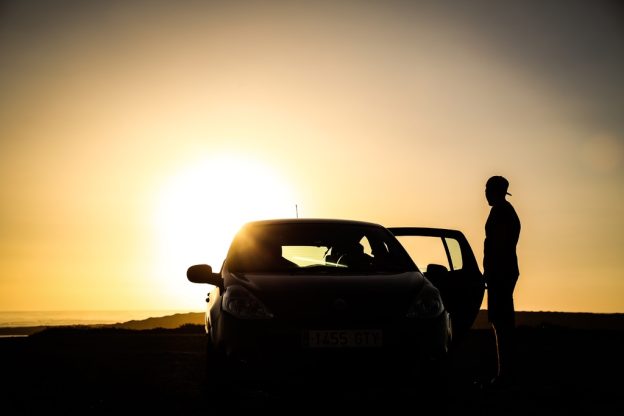This is an important event that happened leading up to Covid: NIH Lifts Funding Pause on Gain-of-Function Research.
I’m not sure how involved the Trump Administration was in terms of giving the O.K. on this or not. A few years ago, I had heard something to the effect that Trump gave the O.K. for this (basically, to undo an Obama action). A lot of people that grill Fauci always go straight to the gain-of-function issue. It’s worth noting the timeframe on this one.
For the record, I’m not a huge fan of either Obama or Trump. It’s actually kind of nice to live outside the red and blue divide. I think it allows you to think a bit more clearly.
UPDATE: Jan 25, 2024
I watched a Breaking Points segment featuring Emily Kopp talking about the origins of COVID. On the show, journalist Ryan Grim had this to say:
Share This Content:"We're talking about a pandemic that killed 25MM ppl…The evidence points to a small group of people, breaking rules, because the Obama admin had put in place restrictions around this type of research, that they went around in order to do this"- @ryangrim https://t.co/MqHgawmdJc
— Sean Work (@seanvwork) January 25, 2024











